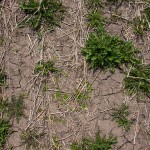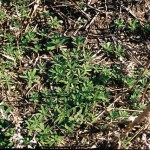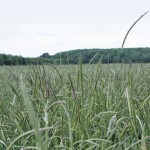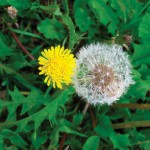
Tag Archives Chemistry

Glyphosate resistance: Change now or pay later
A USDA-ERS report shows managing glyphosate resistance is more cost effective than ignoring resistance and farmers need to work together

New herbicides help producers mix up modes of action to fight resistance
Farmers can fend off herbicide-resistant weeds and make money by changing up their weed control program

Glyphosate: Advice to producers remains the same
Without the introduction of herbicide-resistant canola, yields would likely be much lower than they are today

Editorial: Black swan?

The statistics prove it — higher yields with Manitoba maple syrup
It’s now easier than ever to sell snake oil, says University of Manitoba soil scientist Don Flaten

Fun for farmers — watching weeds die
Time-lapse videos help farmers identify signs of herbicide resistance

Not your average soil moisture-measuring project
A satellite that measures soil moisture expected to launch in January

Dispelling common misconceptions about herbicide-resistant superweeds
Herbicide resistance is a major problem, but it is not necessarily a result of gene transfer from genetically modified crops

Old chemistry conscripted in battle with herbicide-resistant weeds
It’s an expensive fight in Europe that farmers here can expect to have if they don’t adjust first

That’s no weed, that’s flower power
Tire makers are turning dandelions into rubber


